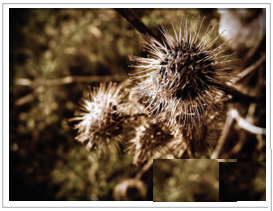Advertisements
Advertisements
Question
Name of the seed: ______
The date on which you planted them: ______
The day you observe something coming out of the soil, start filling the table:
| Date | Height of the plant (in cm) | Number of seen leaves | Any other change |
To find the height of a plant use thread and then measure it on the scale.
Solution
Name of the seed: Mustard (Sarson)
The date on which you planted them: 3rd October 2013
The day you observe something coming out of the soil, start filling the table:
| Date | Height of the plant (in cm) | Number of seen leaves | Any other change |
| 10th October | 1 cm | 2 | No |
| 11th October | 1.5 cm | 3 | No |
| 12th October | 2.5 cm | 4 | Steam became thicker |
| 14th October | 4 cm | 6 | Steam became even more thcker |
APPEARS IN
RELATED QUESTIONS
What things are soaked before cooking in your house? Why?
How long did it take for the plant to come out from the soil?
What was the difference in the height of the plant on the first and second day?
On which day did the height of the plant increase the most?
Which seeds did not grow at all? Why?
Did anyone’s plant dry up or turn yellow? Why did this happen?
How many types of seeds can you collect? Where will you find them? Each of you should try to collect as many different types of seeds as you can. After that, put all the seed collections together. Now observe these seeds carefully – their shapes, sizes, colours, textures (smooth or rough). Make a seed chart to put up in the class. You can start with a table like this.

Make lists of :
Seeds that are used as spices in your home.
Make lists of :
Seeds that are flat.
Plants cannot move around. Once they grow, they remain in the same place. But their seeds are great travellers! They can reach far and wide. Look at picture 1 and see the flying seeds.

Picture 1

Picture 2
What is it called in your area?
